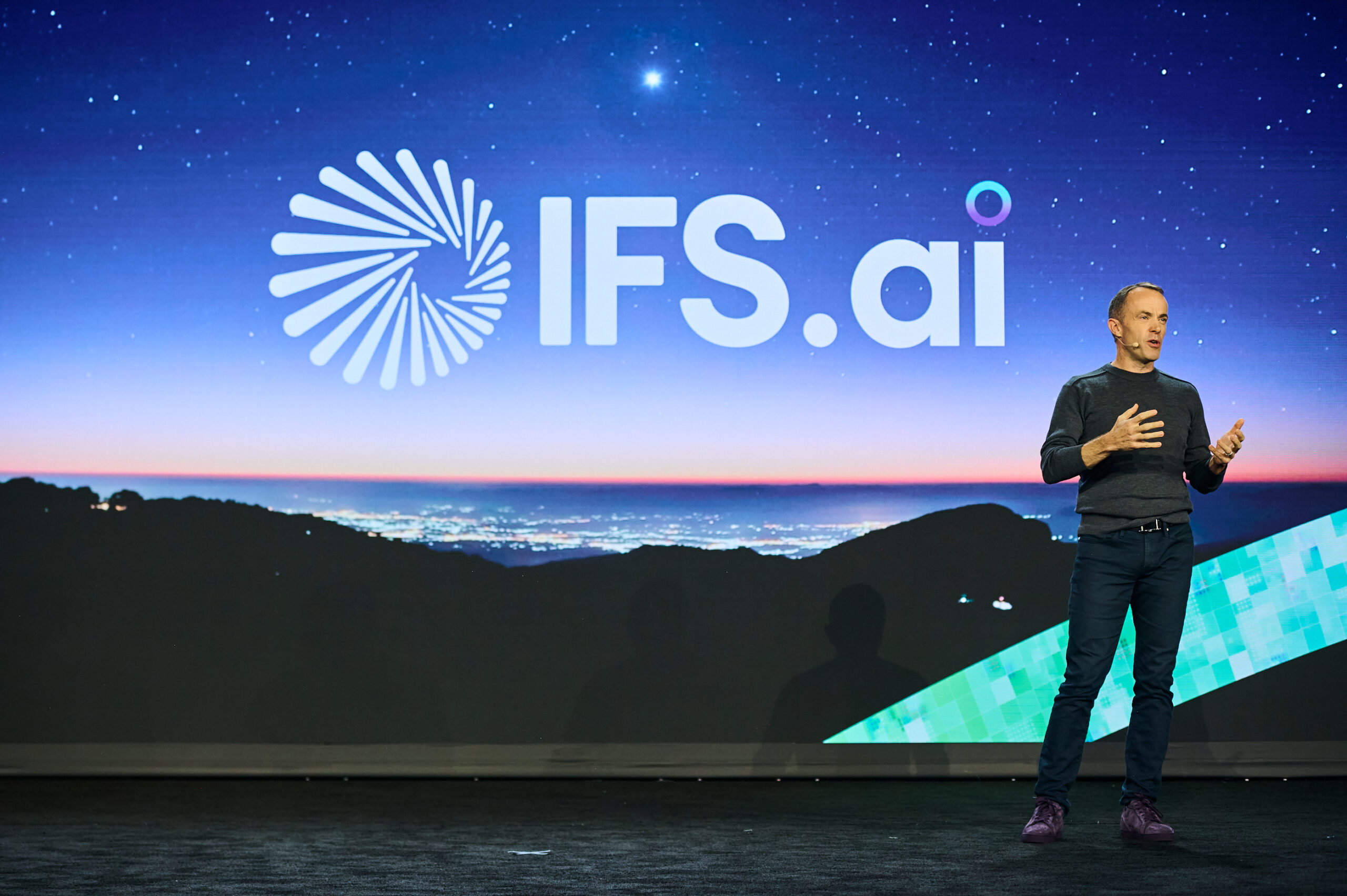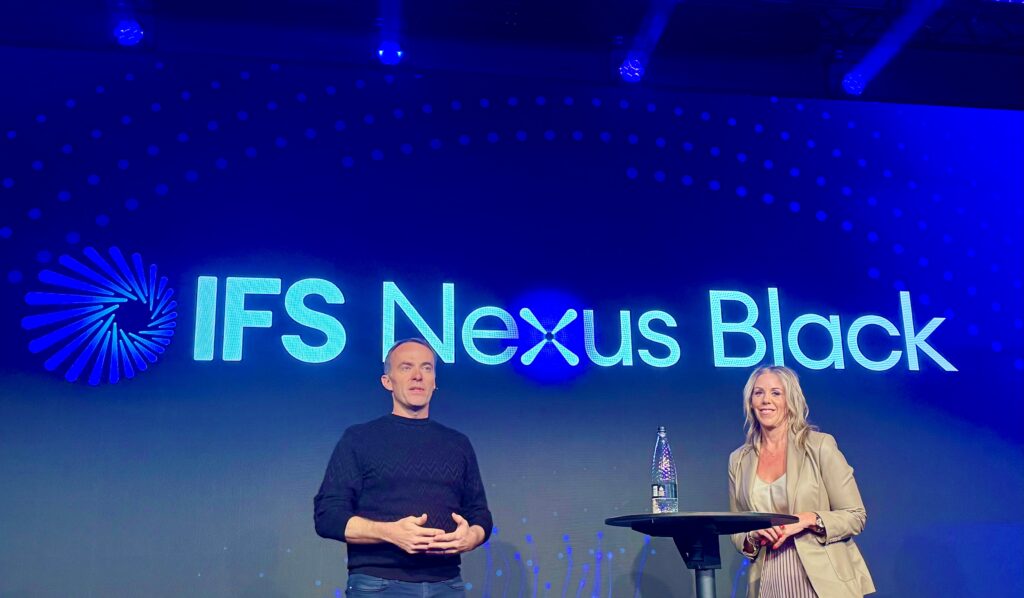 When Mark Moffat took the stage at IFS Connect UKI 2025, his message to customers wasn’t just hopeful—it was urgent. “Everything is under review,” said the CEO of IFS, referring to how artificial intelligence is reshaping not only software, but entire business models. At a time when many ERP vendors are still navigating AI integration, IFS is doubling down on a singular vision: to become the undisputed leader in industrial enterprise software by 2029.
When Mark Moffat took the stage at IFS Connect UKI 2025, his message to customers wasn’t just hopeful—it was urgent. “Everything is under review,” said the CEO of IFS, referring to how artificial intelligence is reshaping not only software, but entire business models. At a time when many ERP vendors are still navigating AI integration, IFS is doubling down on a singular vision: to become the undisputed leader in industrial enterprise software by 2029.
It’s a bold ambition. But one underpinned by strategy, investment, and a sharply focused portfolio of six core industries: aerospace & defense, energy & utilities, manufacturing, construction & engineering, telecom, and service-based businesses. According to Moffat, these industries share a common DNA—asset-heavy, data-rich, and capital-intensive—making them fertile ground for what he calls “industrial AI.”
Rather than chasing buzzwords or deploying generic copilots, IFS has staked its claim on AI that drives real-world operational value. That means AI for scheduling field engineers, prioritizing emergency repairs, optimizing supply chains, and guiding technicians with real-time insights at the point of service. In Moffat’s words, this is “process-level intelligence”—not a polished interface, but a smarter enterprise.
One standout example is Konica Minolta, which recently implemented IFS’s Planning and Scheduling Optimization (PSO) engine. The results: 83% auto-scheduling of engineers, a 25% productivity boost, and a 21% increase in SLA adherence—delivering a 4x ROI within 11 months. Independent research confirms this pattern across IFS customers, citing typical ROI paybacks within a year.
Following a recapitalization that valued the company at $15 billion, IFS is channeling fresh investment into R&D—more than 50% of current R&D spend now targets AI-driven capabilities. The company is accelerating delivery of over 200 new features in IFS Cloud, with new offerings like IFS Nexus Black promising rapid co-development of AI applications alongside customers.
“Prototype, not PowerPoint,” Moffat emphasized. The goal: help customers unlock targeted ROI in weeks, not years, with hands-on support from data scientists, engineers, and UX teams.
But technology is only half the story. Moffat urged customers to “lean in”—to embrace AI not just as a tool, but a mindset shift. “If you’re not using AI 20 times a day,” he quipped, “you’re already behind.”
What this means for ERP insiders
Start with a few pain points. Executives in manufacturing, utilities, telecom, and other IFS-focused sectors should treat AI not as an add-on but as a force multiplier across asset and service lifecycles. Start with the IFS.ai Starter Pack or Nexus Black to identify immediate pain points in scheduling, inventory, or capital planning. Encourage cross-functional teams to assess high-friction workflows ripe for optimization. Adopt an iterative approach: automate, learn, optimize, and scale. And above all, invest in change management—AI success isn’t just technical; it’s cultural.
In its six target industries, IFS is tough to beat. IFS’s tightly integrated architecture, built specifically for industrial environments, gives it an edge. Unlike broader ERP suites that stretch horizontally, IFS Cloud and its specialized modules (e.g., Copperleaf for capital planning, Poka for manufacturing training) are optimized for vertical depth. PSO enables high-impact automation with field-tested AI, while embedded analytics and process-aware AI agents ensure contextual relevance. With over 60 high-value AI use cases now live—and more than 200 features in active development—IFS delivers faster time-to-value for customers who migrate early and stay current on its cloud stack.
Could IFS be a giant-killer? With a clear industry focus, aggressive AI investment, and strong customer outcomes, IFS is positioning itself as a serious contender to legacy ERP giants. The industrial ERP market is projected to grow by 10–12% annually through 2030, fueled by AI and next-gen cloud demand. If IFS can maintain product velocity and customer intimacy while scaling globally, its 2029 ambition is plausible. But execution will be key—especially in migrating legacy customers, supporting global rollouts, and converting AI excitement into measurable operational value. As it stands, about 14% of IFS’s total revenue is AI-driven. The path is open. Now, it’s about scale and speed.




